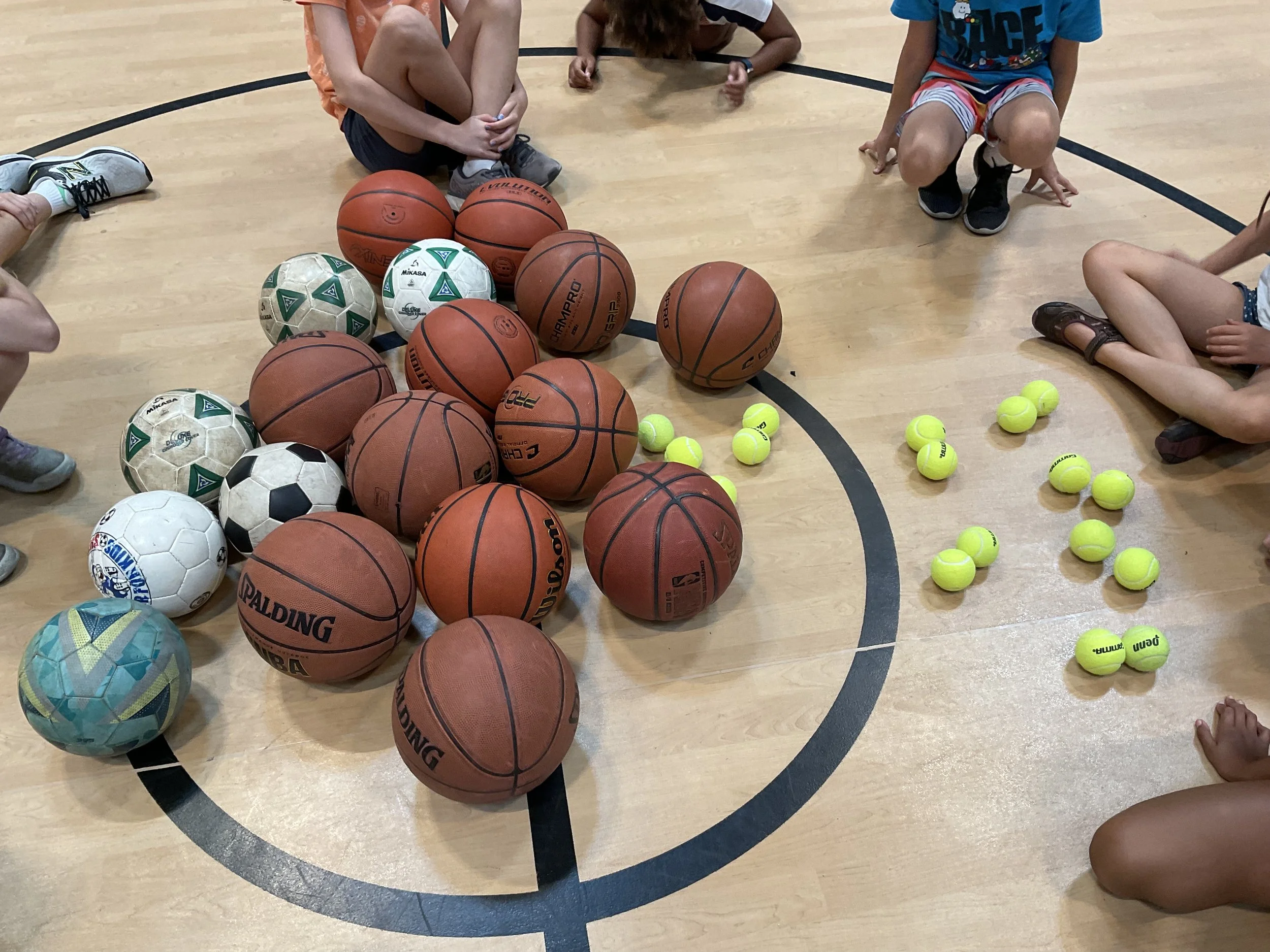Why are the Montessori materials so crucial for children? Initially, when Dr. Montessori observed children taking different mental aptitude tests, she noticed that the children wanted to continue working well after the test. For younger children, the tests involved manipulatives they “played with.” They were naturally attracted to the tests because they were fun and interesting. We know that humans will exert much more effort than expected if they perceive that effort as part of the play. Besides, the children were too young to do other, less fun versions of these tests, like multiple choice or essay tests, which would have felt like work. Montessori observed that these mini puzzles and games that involved moving things with the hand naturally entranced the student. With inspiration from Jean Marc Gaspard Itard and Édouard Séguin, she would create “scientific pedagogy,” which is the foundation of the Montessori Method.
One of my favorite quotes from Dr. Montessori is that “the hands are the tools of the mind.” The hands, specifically with the feature of the opposable thumb, accelerated the development of the human mind through a positive feedback loop. Manipulating physical objects with the hand probably led to better problem-solving abilities. With enough manipulation, a new tool was invented to unleash creativity and possibility. All the early tools required the hand to operate, but how the hand was used would be different depending on the tool. These inventions would require dexterity and fine motor control, which separates humans from other grasping animals. New creations and inventions would push the boundaries of collective human knowledge and imagination. The hand, which is the original tool of the mind, accelerated the development of its user, the human brain.
A cornerstone of the Montessori Method is the understanding that, for many children, their learning progression goes from the “concrete” to the “abstract.” This means students must be able to use their senses to process information from the environment before they can imagine it. For example, a student must first see, touch, and manipulate a physical object. Through this physical manipulation of the concrete object, the child gains the ability of abstraction. To work in abstraction is the ability for a child to imagine the work solely in their head. It’s like imaginary hands moving things in their brain so they can solve a problem without physically touching anything. This mental manipulation has its grounding in the physical manipulation their hands do in the physical world.
The Montessori Physical Education classroom is the perfect place for the mind to transition from the concrete to the abstract. The playing materials used in the lesson are physical manipulatives that the students use their hands (and feet) to move within the environment. The sports materials are concrete physical objects. However, the sports equipment is often symbolic of a concept from the classroom. This ties a physical material to an abstract idea. It’s not 100% concrete or 100% abstract. It lives in the space in-between, which may act like a bridge for students trying to leap the chasm from concrete to abstract. Let’s take a look at this picture as an example.
This is just a picture of soccer balls, basketballs, and tennis balls to the untrained eye. In the game the students just played, they had to juggle the soccer balls with their feet, dribble the basketballs with their hands, and throw and catch the tennis balls off the wall. From a solely concrete perspective, they are using sports balls to work on different gross motor skills. In a traditional PE class, the physical gross motor movement practice is the beginning and the end. However, in this lesson, the sports balls represent another concept the students are learning about.
Here is the magic of the lesson and how it lives in both the concrete and the abstract. The students were playing a game on photosynthesis. The soccer balls represent carbon, the basketballs are hydrogen, and the tennis balls are oxygen. The students “broke apart” six molecules of CO2 and H2O by dribbling, juggling, and catching the balls for several repetitions. They brought the sports balls to the middle when they succeeded in their physical task. Their new task was to build a molecule of glucose or C6H12O6. They grouped the balls to make a glucose molecule and saw that they had a lot of leftover tennis balls or oxygen. They then paired up the tennis balls to make molecules of oxygen, of which there were six. Moving and grouping the balls physically demonstrates the chemical equation for photosynthesis, or 6 CO2 + 6 H2O = C6H12O6 + 6 O2. They moved the balls like a concrete manipulative, but the balls represented abstract ideas of atoms and molecules, which helped them understand the abstract chemical equation. The students know precisely how plants produce oxygen by converting CO2 and water. Photosynthesis is no longer a mystery that must be believed at face value.
This ability for PE lessons to teach concepts from the classroom is the mission of Montessori Physical Education. Students get all the physical benefits of exercise and skill development, but they also get a lesson that connects abstract concepts to concrete physical materials. Since the lessons are also games, the child gives these lessons more effort than they may have done if they were not having so much fun. If you want more examples, I encourage you to download some free lesson examples from the website!


